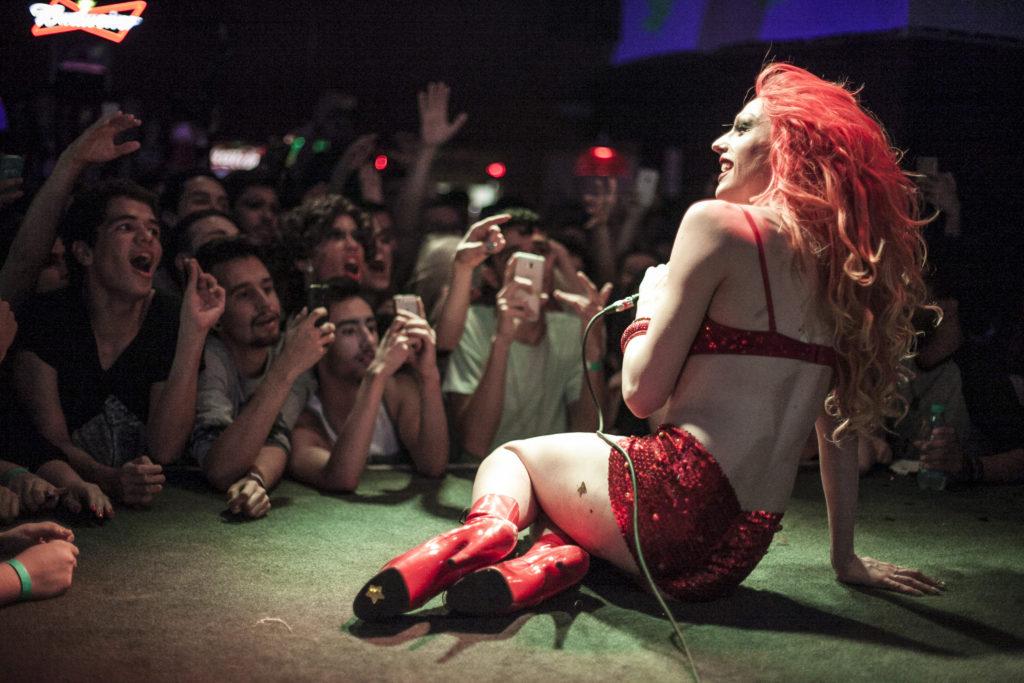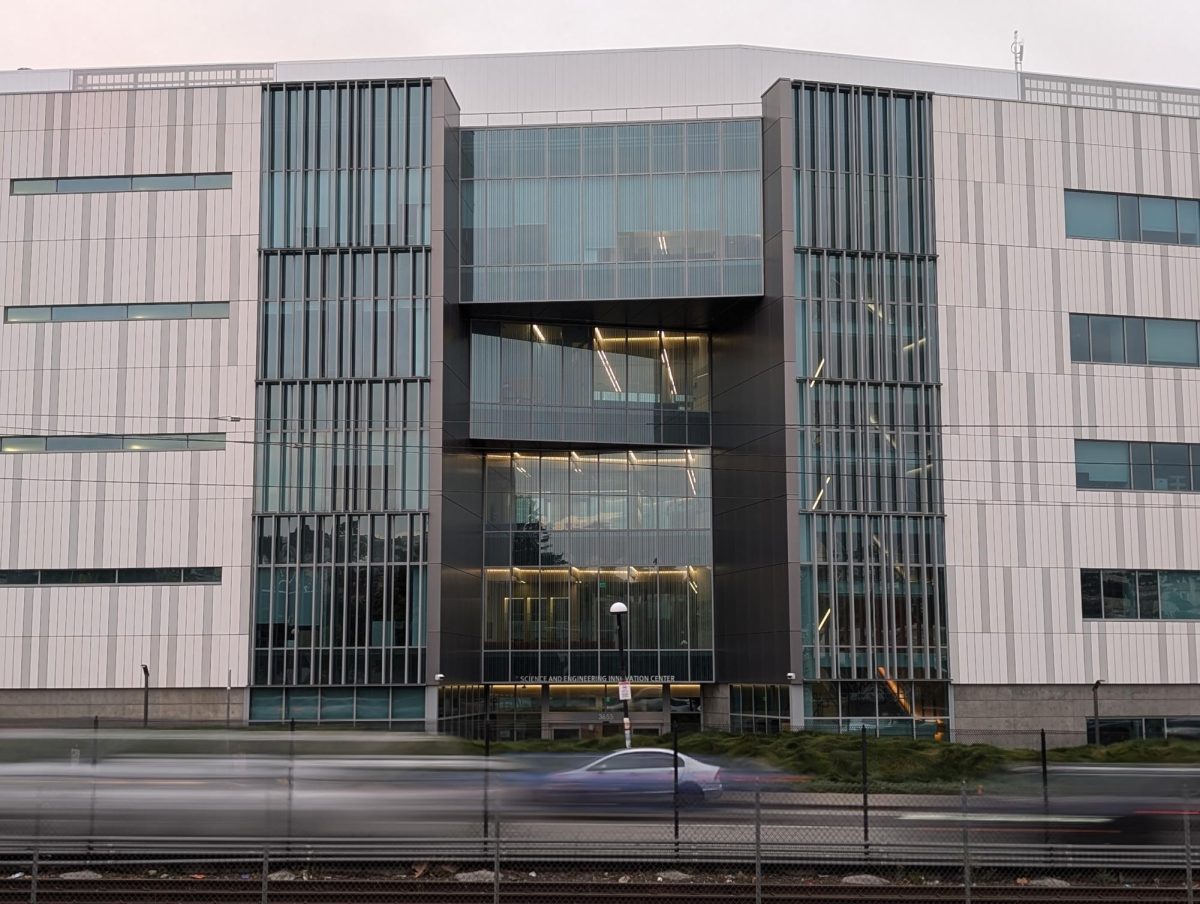Gia Gunn is the first transgender queen cast on “RuPaul’s Drag Race: All Stars” following statements suggesting transgender queens would be ineligible to participate. The latest season premiered on Friday, Dec. 16, to an eager audience anticipating the return of memorable queens throughout the show’s 10-season run. Drag has become part of pop culture in the last few years thanks to “Drag Race,” but the acceptance of transgender people in the drag community has been an unspoken topic.
RuPaul rocked the drag community in an interview with The Guardian where he stated that transitioning queens who had undergone breast augmentation would not qualify. He went on to explain that drag was intended to be punk rock: men rejecting masculinity, an ironic social statement. Peppermint, who came out as transgender on season nine, identified as a woman but had not fully transitioned during the show, therefore she was deemed acceptable. Modifying the body would be changing the essence of what drag is supposed to be, Rupaul explained.
These statements are contradictory as plastic surgery is very common in the drag community and heavily documented on the show. In this season’s first episode, Trinity the Tuck got “read” for having so much plastic surgery that her body is visibly feminine. So where do those lines blurr? Why is one acceptable and the other questioned? The confusion comes from the definitions we have adopted.
We are educated to recognize the fixed female identity of a transgender woman. In the heteronormative dictionary, drag is dressing up in clothing conventionally worn by the other sex. So how does a female fit into the world of men dressing as women?
On season nine, Peppermint revealed that for years she was influenced to not transition. After a conversation with an affluent unnamed New York queen, Peppermint feared she would never work in the gay community again due to her identity.
“I definitely didn’t think being a drag queen and a transgender woman would ever mix, and now after this experience I know that those two things can coexist if that’s who you are. And that’s who I am,” she said to RuPaul and Michelle Visage on the show.
RuPaul and Visage both seemed supportive and sympathetic to her experience during the aired conversation.
In reality, drag is an art form that uses exaggerated feminine qualities that anybody could participate in. It’s about creating a character and aesthetic, a deliberate parody of fixed gender roles and sexuality. Gunn’s inclusion demonstrates that even RuPaul, who is credited for introducing drag to mainstream pop culture, can have antiquated views of gender identity.
“The art form is sacred as it represents my evolvement and self discovery as I continue to evolve, and so does the art form of drag. We have bio queens, gender nonconforming, drag kings and many more,” explains Gunn in a video posted on her YouTube channel.
Gunn, whether you love or hate her, deserved the opportunity to return for “All Stars” because she was a memorable contestant on season six. Her transition does not take away from her evolution in drag. It was essential for RuPaul to clarify his perspective this season following his statements. The narrative of the show is consistently to love yourself, and if RuPaul can’t accommodate the true face of drag, then he would be contradicting the show’s essence.
The reality is that like most things, drag isn’t set in stone. If anything, it continues to evolve and every day we learn a little bit more about the community. The complexity stems from what we think fits our narrative. Gender and identity can be complicated and very simple at the same time; it truly lies on the individual. As an audience, we don’t care about what the contestant identifies as outside of drag, we are tuning in to watch performers compete. All queens are welcomed to bless our screens with charisma, nerve, uniqueness and talent.










